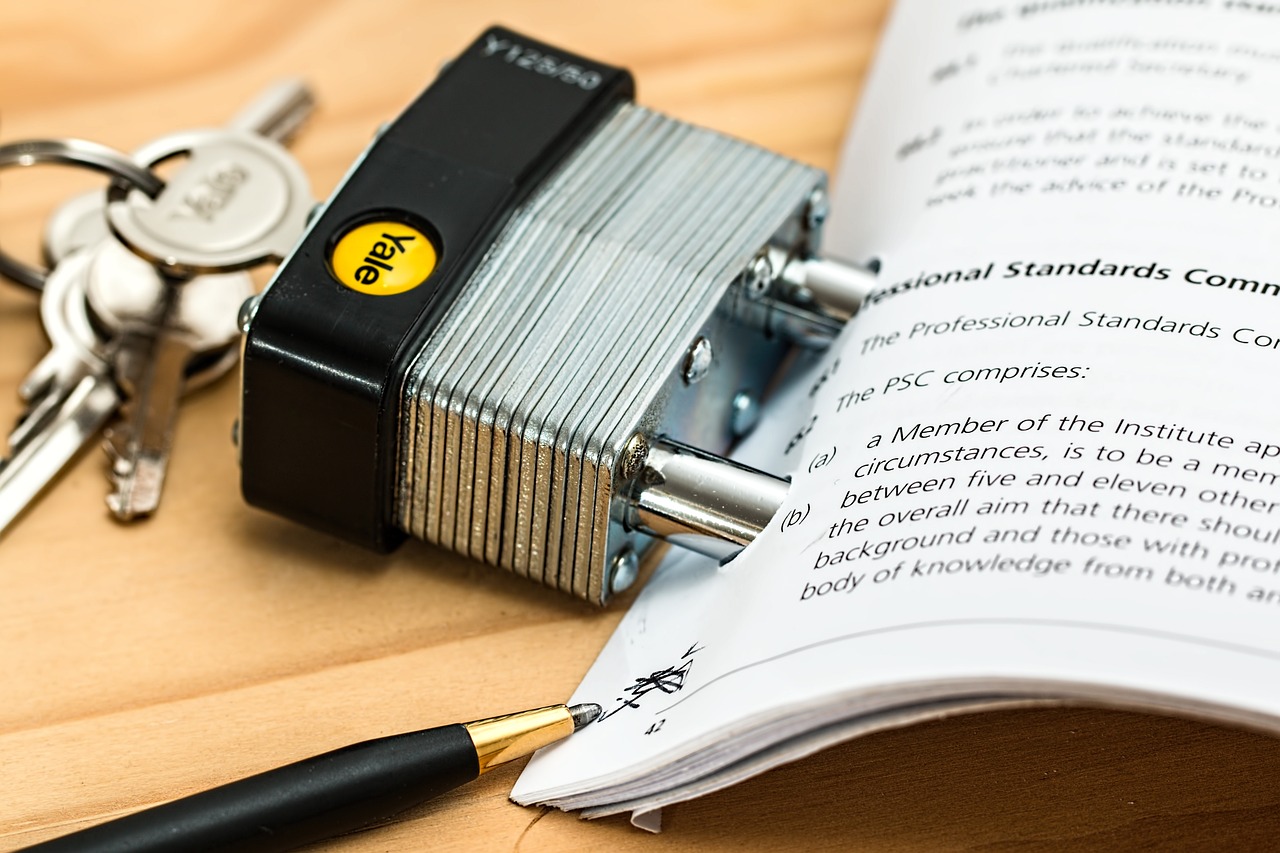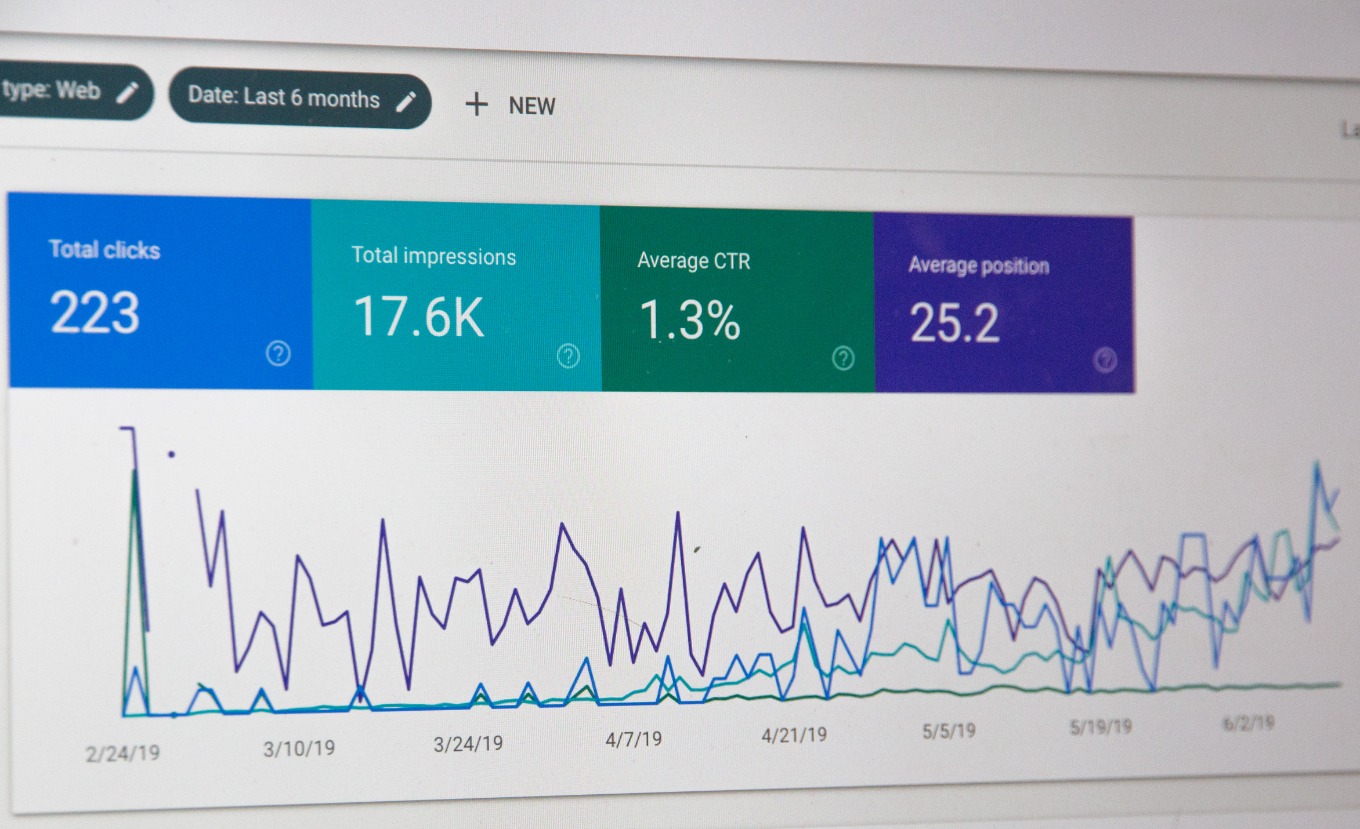The Future of Prenup Lawyers: Predictions and Trends in the Matrimonial Law Industry
As the landscape of matrimonial law evolves, prenuptial agreement lawyers find themselves at the brink of a revolution shaped by societal trends and technological advancements. This metamorphosis is transforming the way matrimonial law is practiced and understood, demanding a fresh perspective from legal professionals.
Prenuptial agreements, colloquially known as 'prenups,' are contracts that couples sign before getting married, outlining the disposition of their assets should their union dissolve. Initially, these agreements were perceived as shielding the wealthy from losing their assets in a divorce, but the changing dynamics of relationships and marriages have also transformed the function of prenups, making them a practical tool for financial planning and risk management.
Now more than ever, the negotiation and drafting of prenups require a delicate balance of legal acumen, financial foresight, and psychological insight. This is due in part to the shifting demographics of marriages. Today, couples are increasingly choosing to marry later in life, often bringing substantial assets or debts into the union. This necessitates an intricate understanding of asset protection, estate planning, and tax law. The spike in second or third marriages also underscores the need for careful planning around issues such as inheritance rights and financial obligations from previous relationships.
Consequently, the future of prenup lawyers is expected to be multifaceted, integrating areas of expertise beyond matrimonial law. Moreover, the increasing acceptance and enforceability of prenuptial agreements throughout jurisdictions have created a growing market for legal services in this area, making specialization a viable and lucrative path.
Technological advancements are also pushing the boundaries of matrimonial law. Artificial Intelligence and Machine Learning have the potential to revolutionize the drafting of prenups by automating certain aspects of the process. These technologies can assist in identifying key issues, predicting outcomes, and creating personalized strategies based on data analysis. However, one must remain cautious of potential pitfalls such as data privacy concerns and the risk of oversimplification of complex legal matters.
Furthermore, blockchain technology and smart contracts can offer more secure and efficient ways to draft, store, and enforce prenuptial agreements. However, the integration of these technologies into the legal system is still in its nascent stages and faces significant regulatory challenges. It also requires lawyers to acquire new skills in digital literacy and cybersecurity, thereby redefining the role of a prenup lawyer.
The rise of collaborative law and mediation instead of litigation in divorce cases reflects a broader societal shift towards conflict resolution. This trend is likely to influence the dynamics of prenuptial agreements, encouraging a more cooperative and solution-focused approach. Prenup lawyers of the future need to be adept negotiators and mediators capable of facilitating constructive dialogue between parties.
Lastly, globalization and increasing rates of international marriages are presenting new challenges in the form of cross-jurisdictional issues. Conflicting laws can complicate the enforceability of prenuptial agreements, making it essential for lawyers to have a deep understanding of international matrimonial law and its intersection with other areas of law such as immigration and international tax.
To conclude, the future of prenup lawyers is set to be a complex blend of traditional skills and new competencies. From the integration of technology and the broadening of the matrimonial law practice to adapt to societal changes, the role of a prenup lawyer is taking on a new dimension. The future is indeed intriguing and challenging, pushing the boundaries of the profession and paving the way for an era of 'Prenup Law 2.0.'
As the landscape of matrimonial law evolves, prenuptial agreement lawyers find themselves at the brink of a revolution shaped by societal trends and technological advancements.






